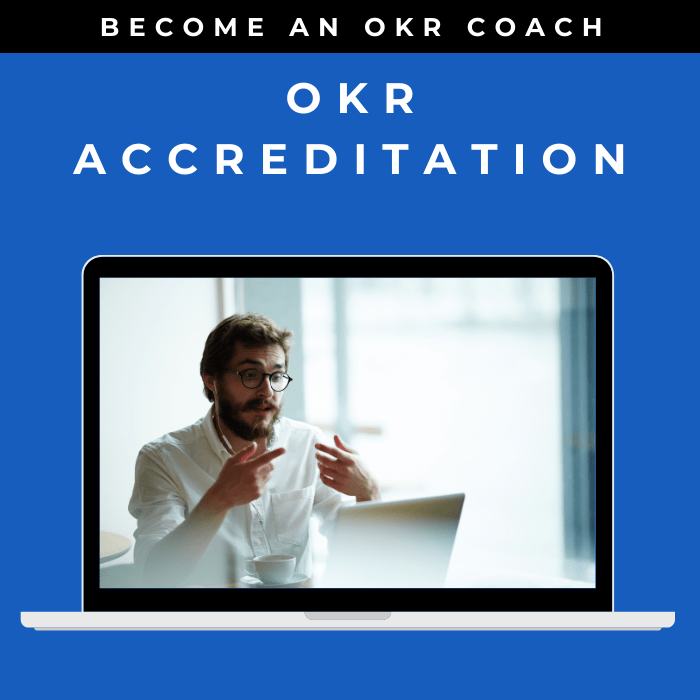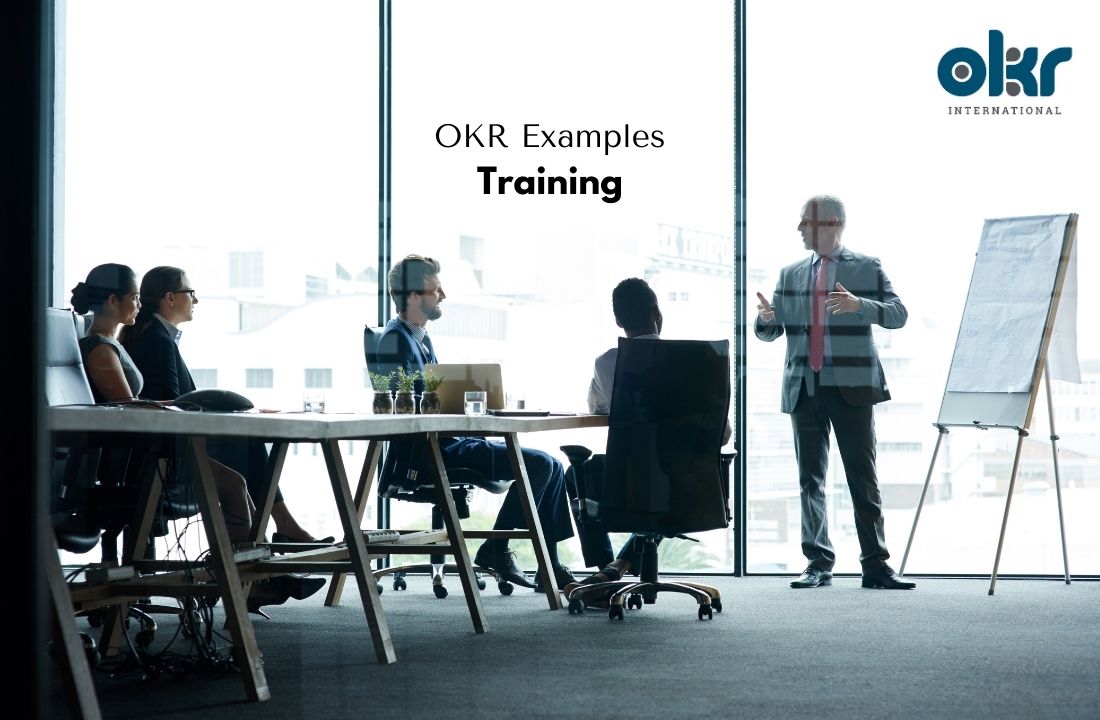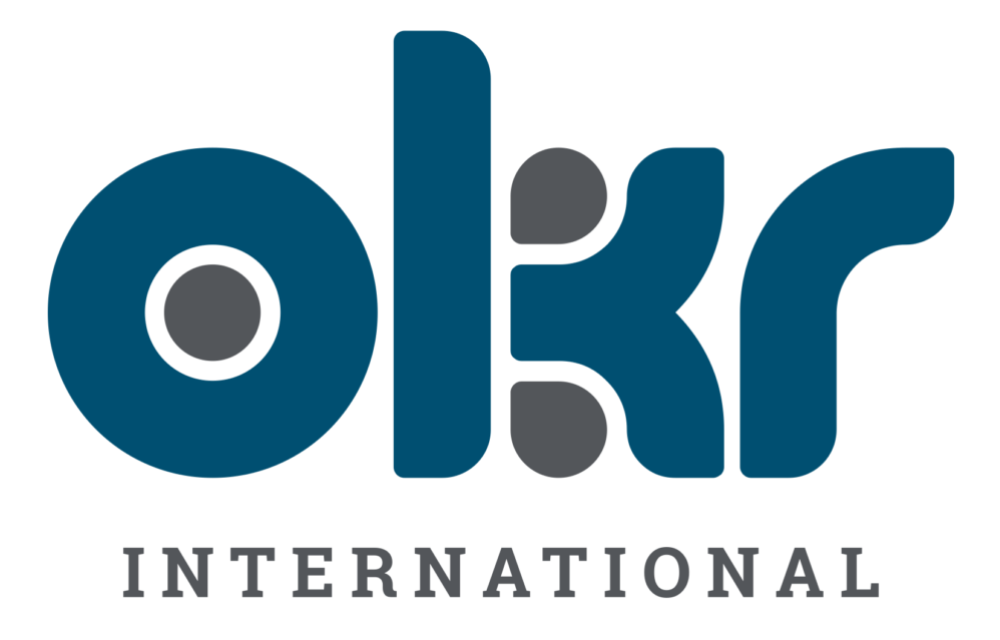10 Top OKR Examples in Training
Training is a vital component of employee development and organizational success. Objectives and Key Results (OKRs) can significantly impact training initiatives by providing clear goals and measurable outcomes. Here are ten top OKR examples in training:
1. Increasing Training Effectiveness
Objective: Enhance the impact and effectiveness of training programs.
Key Results:
- Increase the average post-training assessment scores by 70%.
- Achieve 65% participant satisfaction rate in training evaluations.
- Apply learned skills to job tasks, resulting in 80% improvement in performance metrics.
2. Expanding Training Offerings
Objective: Broaden the range of training programs and opportunities available to employees.
Key Results:
- Develop 3 new training programs aligned with organizational needs.
- Increase the training completion rate by 75% among employees.
- Achieve 90% participation in online learning platforms or courses.
3. Developing Leadership Skills
Objective: Enhance leadership capabilities at all levels of the organization.
Key Results:
- Provide leadership training to 60% of managers and measure their increased competency.
- Increase employee engagement survey scores related to leadership effectiveness by 40%.
- Identify and develop 5 high-potential employees for future leadership roles.
4. Promoting Technical Proficiency
Objective: Enhance employees’ technical skills and knowledge relevant to their roles.
Key Results:
- Provide technical training to 70% of employees, aligned with their job requirements.
- Measure the improvement in technical proficiency through 3 assessments or certifications.
- Implement a peer-to-peer learning program, resulting in 85% knowledge sharing among employees.
5. Enhancing Soft Skills
Objective: Improve employees’ interpersonal and communication skills.
Key Results:
- Conduct soft skills training for 70% of employees and measure their skill enhancement.
- Increase employee satisfaction scores related to teamwork and collaboration by 80%.
- Achieve 75% improvement in customer satisfaction ratings related to communication skills.
6. Implementing Onboarding Excellence
Objective: Enhance the onboarding process for new hires to accelerate their integration.
Key Results:
- Develop 1 comprehensive onboarding program and measure employee satisfaction with the process.
- Reduce the time for new hires to reach full productivity by 70%.
- Achieve a retention rate of 85% for employees who complete the onboarding program.
7. Upskilling for Future Roles
Objective: Prepare employees for future job demands and evolving organizational needs.
Key Results:
- Identify 60% of employees for upskilling initiatives aligned with future roles or technology trends.
- Provide cross-training opportunities for 70% of employees to develop versatile skill sets.
- Measure the readiness level of 100% employees for future roles based on performance evaluations.
8. Supporting Professional Certification
Objective: Encourage employees to pursue professional certifications relevant to their roles.
Key Results:
- Increase the number of employees with relevant certifications by 60%.
- Support 100% of employees in obtaining certifications by providing resources and study materials.
- Measure the impact of 3 certifications on employee performance and contribution to the organization.
9. Implementing Continuous Learning Culture
Objective: Foster a culture of continuous learning and knowledge sharing within the organization.
Key Results:
- Establish a knowledge-sharing platform or forum and achieve 90% participation.
- Encourage 100% employees to set learning goals and measure the completion rate of those goals.
- Recognize and reward 5 employees who actively engage in continuous learning initiatives.
10. Measuring Training ROI
Objective: Assess the return on investment (ROI) of training initiatives.
Key Results:
- Conduct 2 pre- and post-training assessments to measure the increase in knowledge and skills.
- Measure the application of training outcomes to job performance and productivity, making sure the number doesn’t drop below 70%.
- Calculate the financial impact of training initiatives on 5 key performance indicators (KPIs).
By adopting these OKR examples in training, organizations can improve the effectiveness of their training programs, develop leadership capabilities, enhance technical and soft skills, and foster a culture of continuous learning. These strategic objectives and key results provide a roadmap for organizations seeking to optimize their training efforts and drive long-term success.

When looking to set OKRs, it’s natural to want examples to ignite the thought process or simply compare yours to OKR Examples. Check out our compendium of OKR Examples here.
Explore Our Range of Services
Bring OKRs (Objectives and Key Results) to your organisation with our tried & tested OKR Framework.


OKR International’s highly acclaimed Certified OKR Practitioner Program is the first and only OKR accreditation endorsed by ICF & HRCI for continuing education units.
OKR International helps leaders create the alignment, engagement and result orientation needed for growth by offering OKR Advisory services.




